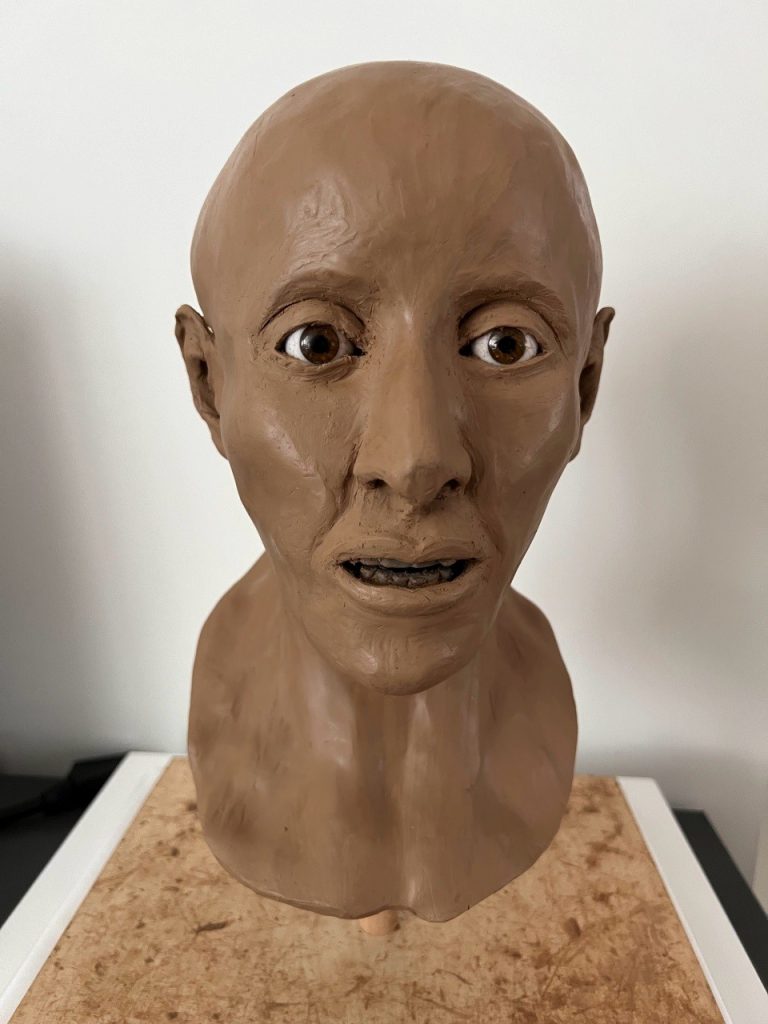Facial reconstruction
From the computed tomography scan realized at the IEM, a facial reconstruction was elaborated by Dana Ackermann in 2022. The work was done within the framework of a Maturitätsarbeit at the Kantonsschule Limmattal under the supervision Dr. Anna-Katherina Holenweg. The practical reconstruction work was supervised by Dr. med. Patrick Eppenberger at the IEM. If not specified, the images were taken from Achermann’s Maturitätsarbeit and copyright of the Kantonsschule Limmattal.
Ackermann used the Gerasimov method (Manchester Method), where muscle and skins are gradually built up by hand over the 3D printed scull. Skin thickness is based on specific data on ethnicity and indicated with tubular spacers that are placed all over the scull. Age, sex, way of life and nutrition are all impact the thickness of muscles, glands and fatty tissues.
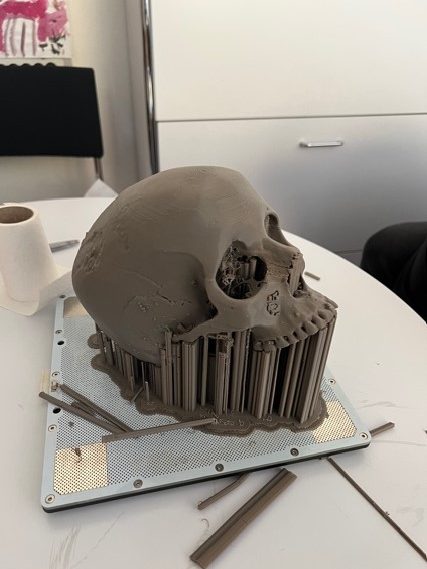
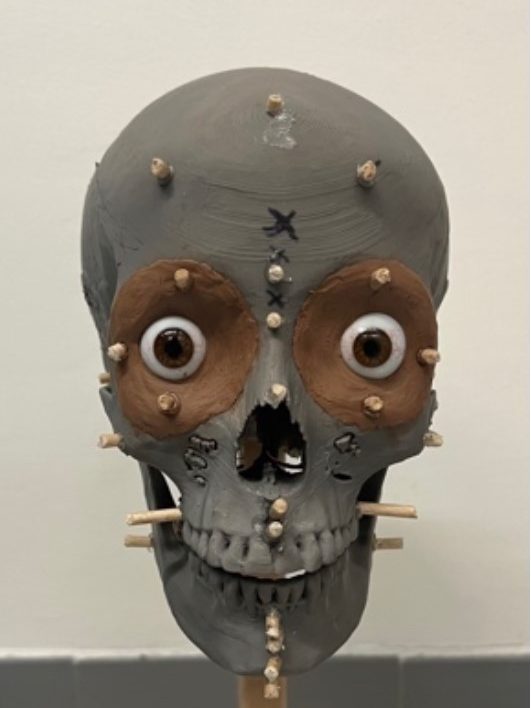
Once the spacers in place, every muscle and gland is carefully modelled by hand. Symmetry, size and form of the nose is reconstructed according to ethnicity, but also on the shape and size of the apertura piriformis, the pear-shaped nasal cavity of the scull. The dental record informs the shape and size of mouth and lips. The ears are the most difficult and least accurate parts, as the scull does not inform us on how they looked like. They are modelled according to available data on ethnicity. The size of the inset glass eyes is chosen according to the aperture of the eye sockets. Once all muscles and glands have been placed, the skin is laid over them in several pieces and joins are smoothed over.
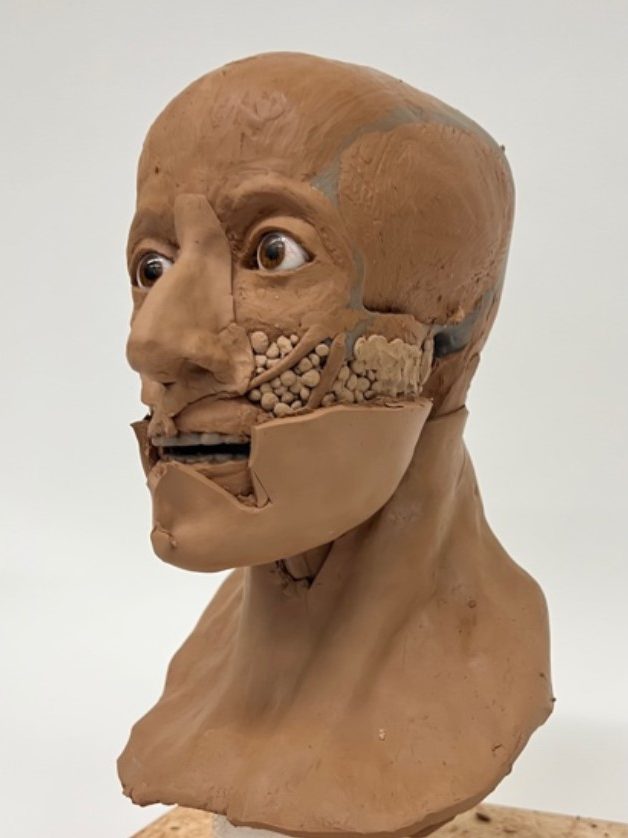
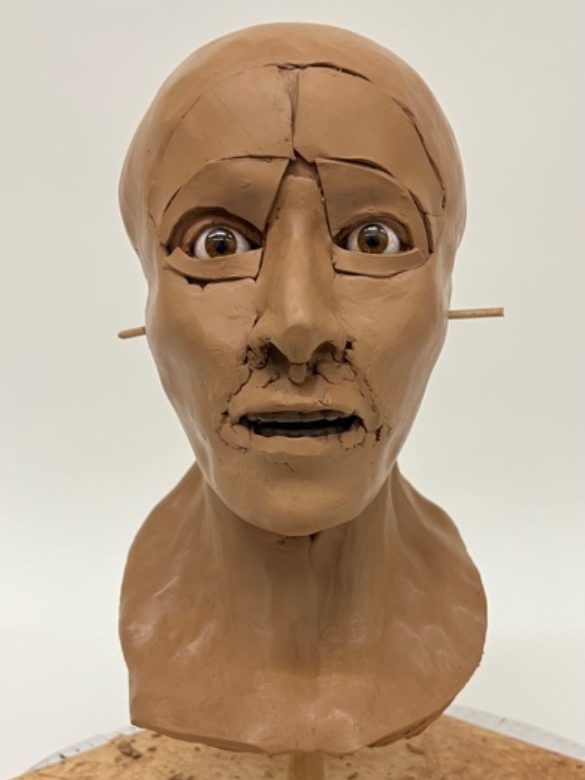
The degree of finish is the one that is usually used in forensic investigations in order to visualize and identify human remains. At this stage modelling marks are still visible; the skin tone is the one of the modelling material, and no attempt is made for the reconstruction of facial hair. This said, it gives us a very real first impression of what Ta-Sherit-en-Imen looked like some 2800 years ago.
The careful and excellent work of Dana Ackermann can only be applauded, more particularly as this was her first attempt of a facial reconstruction.
